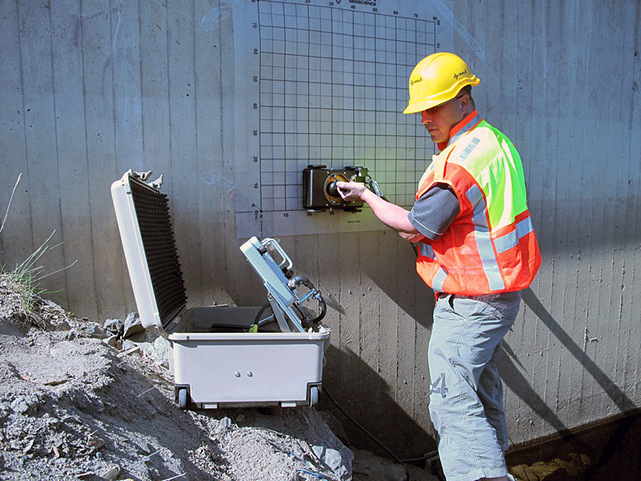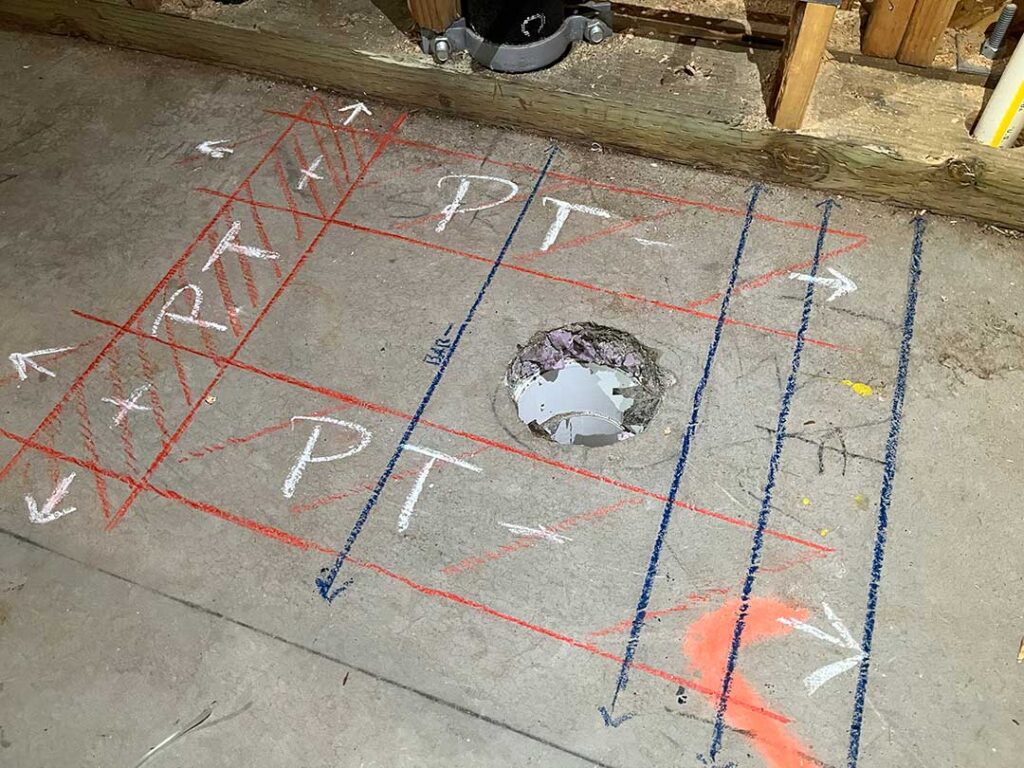Utilizing Technology: RainierGPR Concrete Scanning for Precision Results
Utilizing Technology: RainierGPR Concrete Scanning for Precision Results
Blog Article
Checking Out the Midst: A Comprehensive Guide to Concrete Scanning and Its Diverse Applications
In the realm of building and construction and infrastructure development, the precise procedure of concrete scanning holds a pivotal function in guaranteeing the structural stability and safety and security of projects. As technology continues to develop, the applications of concrete scanning have increased much past plain surface-level analyses.
Significance of Concrete Scanning
Recognizing the significance of concrete scanning is critical in guaranteeing the security and stability of structures throughout building and construction and renovation projects. Concrete scanning utilizes advanced innovations such as ground-penetrating radar (GPR) and electro-magnetic induction to identify ingrained items, spaces, or various other abnormalities within concrete frameworks - RainierGPR Concrete Scanning. By performing thorough scans prior to exploration, cutting, or coring into concrete, building and construction teams can stay clear of unexpected damages to crucial architectural aspects like rebar, conduits, or post-tension wires. This positive strategy not just stops costly repair work and project delays yet likewise improves general building safety by mitigating the risk of structural failures or collapses as a result of jeopardized integrity.
Moreover, concrete scanning plays a pivotal function in ensuring compliance with building codes and laws that mandate the security of existing structural elements throughout building activities. By properly mapping out the interior make-up of concrete, scanning innovations enable building specialists to make informed decisions that maintain the structural stability and resilience of buildings and framework jobs. In essence, the significance of concrete scanning depends on its ability to safeguard both the structural honesty and the personnel associated with building and construction ventures.
Technologies Made Use Of in Concrete Scanning
Concrete scanning depends on advanced technologies such as ground-penetrating radar (GPR) and electro-magnetic induction to properly detect embedded items and anomalies within concrete structures. Ground-penetrating radar operates by discharging high-frequency electro-magnetic waves right into the concrete.
Electro-magnetic induction, on the other hand, functions by creating magnetic fields around a concrete structure via a transmitter coil. When metal things exist within the concrete, they interfere with these electro-magnetic fields, triggering eddy currents to stream through the steel. By gauging the adjustments in the magnetic fields with a receiver coil, the system can identify the location of metallic objects in the concrete.
These advanced technologies play an important role in non-destructive screening, making sure the security and integrity of concrete frameworks in different markets.
Applications in Building And Construction Market
Within the building market, concrete scanning technology discovers diverse applications that improve job effectiveness and safety. In addition, concrete scanning is made use of for situating gaps, such as air pockets or areas of damage within concrete, which can endanger the total stamina of a framework. Concrete scanning plays an essential role in quality control by verifying the density of concrete covers over support, making sure compliance with style specs and standards.

Security Advantages of Concrete Scanning
In the world of construction safety and security, the application of concrete scanning modern technology presents a vital benefit in preemptively identifying prospective threats and fortifying structural stability. By utilizing sophisticated scanning approaches such as ground-penetrating radar (GPR) and electro-magnetic induction, construction groups can precisely situate rebar, post-tension wires, conduits, and other hidden items within concrete frameworks. This aggressive approach considerably reduces the danger of unintended strikes throughout exploration, reducing, or coring tasks, therefore preventing costly damages, injuries, and project hold-ups.
Furthermore, concrete scanning boosts employee security by providing real-time details concerning the architectural problem of concrete elements. By resolving prospective safety and security concerns quickly, concrete scanning contributes to producing Learn More Here a secure working environment and minimizing the probability of structural failures or crashes on building sites.
Future Patterns in Concrete Scanning
Emerging improvements in scanning technology are poised to change the field of concrete examination and analysis. One major trend that is getting grip is the combination of fabricated intelligence (AI) and device learning algorithms right into concrete scanning tools. By utilizing the power of AI, these systems can evaluate substantial amounts of data collected throughout scanning processes to offer even more exact and comprehensive insights right into the problem of concrete structures. This can assist in identifying surprise problems, predicting possible architectural failures, and even recommending upkeep techniques.
Another considerable pattern is helpful site the advancement of more portable and straightforward scanning devices. Miniaturization of scanning equipment allows for easier access to restricted spaces and remote locations, making inspections extra efficient and extensive. In addition, innovations in cordless interaction innovations enable real-time information transfer and evaluation, assisting in quicker decision-making procedures.
Furthermore, there is a growing emphasis on sustainability in concrete scanning innovations - RainierGPR Concrete Scanning. Producers are progressively incorporating eco-friendly products and energy-efficient functions into their devices to lower environmental influence. These future patterns are established to boost the effectiveness, precision, and sustainability of concrete scanning practices, shaping the industry's future landscape
Final Thought
In verdict, concrete scanning plays an essential function in the building industry by making sure the security and performance of various tasks. As innovation breakthroughs, the future of concrete scanning holds promising developments for enhancing building and construction procedures.

Report this page